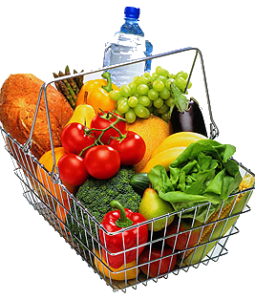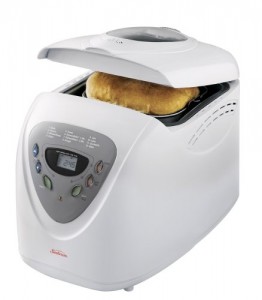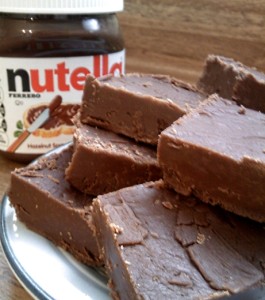
A grocery price book is a powerful tool you can use to slash even more money on household necessities, like food and paper products. You can use a grocery price book to record and track prices on items you buy frequently. This will help you determine the regular price of an item as well as track sale cycles for items.
After you start a grocery price book, a few things may become obvious. First, you’ll be able to determine your “target price” for certain items. This is the lowest price you’re willing to pay for an item, and when a product goes on sale for this price, you’ll know that it’s a good idea to stock up. You might also notice that certain “sales” or “specials” aren’t really bargains at all. If you keep a price book, you’ll be able to see exactly when a sale is really a good deal and when it’s not.
Starting and using a price book may seem like a daunting task. However, it may not be as difficult as you think, and it can really save you a great deal of money in the long run. Here are a few tips to help you start and use a grocery price book.
Know What to Put In Your Grocery Price Book
Make a quick list of items that you and your family buy and use on a regular basis. You can do this off the top of your head, glance through your cupboards, or look at past grocery store receipts. This list will be the start to your grocery price book. Don’t worry about making an exhaustive list just yet; you can always add to it later.
Decide What Method to Use
Are you old fashioned, or do you prefer more high tech methods? You can really use anything you want for your grocery price book. Some people prefer small notebooks, while others use detailed spreadsheets or even smartphone apps. The method you use for your own grocery price book really just depends on what works best for you and what you’re most comfortable with.
Start Small
Don’t try to make a complete grocery price book at first. If you try to make a list of every single product that you and your family buys, you’ll just get frustrated and bogged down. Instead, start with just a handful of items and start adding a few more at a time once you get the hang of it.
Keep It Simple
Trying to record prices for several products is much easier if you stick to just one or two stores. Doing your shopping at just a couple stores also makes things much simpler for you and keeps travel time and cost down. You should also try to abbreviate as much as possible. Instead of writing the entire name of a store, for instance, write an abbreviation.
Record the Right Data
If you use a regular notebook or loose leaf binder for your grocery price book, dedicate one page per item. On this page, each entry should include the date, brand, size, price, and unit price as well as the store you found it in. You might find it helpful to carry a small calculator with you when you go to the store to help you figure out the unit price, if it isn’t listed on the shelf tag. To calculate the unit price of a product, you need to divide the price of a product by the number of units. A $5 pack of 12-count toilet paper would calculate out to $.42 per roll, or $.42 per unit. You might want to track a few different brands of a particular item as well.
Track Prices For a Few Months
You won’t be able to get a good idea of what’s a bargain and what isn’t until you’ve tracked prices for products for at least a couple of months. Sale cycles generally run from six to twelve weeks. this means that most products go on sale every six to twelve weeks. To track prices, scout out all of the products on your list every week and record the prices in your grocery price book. Eventually, you’ll start to see a pattern emerge.
Buy Low and Be Flexible
When an item goes on sale and hits your target price, this is the time to buy and stock up. Only stock up on items that you know won’t go bad, though, or else you could end up just wasting money. This includes paper and personal hygiene products, non-perishable food products, and products that you can freeze. If you keep a grocery price book, you should also try to stay flexible and open-minded. You should consider stocking up on a product that isn’t your “normal” brand if the price of that item is as low as or lower than your target price.





